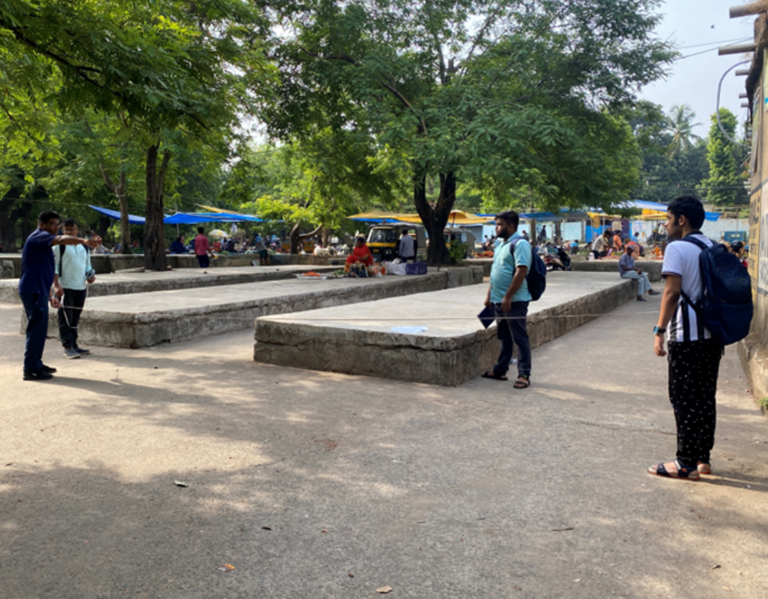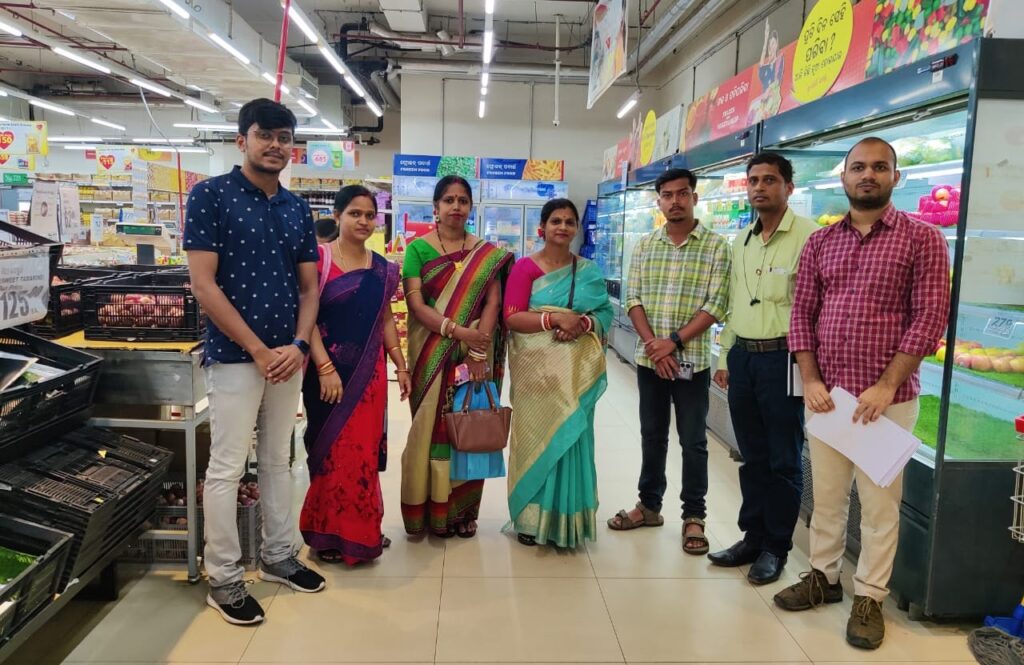Cold Chain Ecosystem Development
We provide cold chain ecosystem development services which includes feasibility studies, infrastructure management, governance model selection, capacity building & handholding support for operators, farmers/vendors engagement, market linkage, renewable energy integration. Below are the details:


1. Site Due Diligence
- Status quo: The current condition of the site, including its operational status and existing infrastructure.
- Proximity to demand centres: The site’s distance from key markets or demand centers, impacting logistics and accessibility.
- Grid reliability: The consistency and availability of electricity at the site, essential for uninterrupted cold room operations.
- Ownership structure: The legal ownership of the site, whether government-owned, privately owned, or leased by a third party.
- Capacity and type: The site’s storage capacity, including the type of produce or commodities it can handle (e.g., vegetables, fruits).
- Quantum of beneficiaries: The estimated number of farmers, vendors, and institutions that will benefit from the site’s operations.
- Site analysis: A detailed evaluation of the site’s infrastructure, accessibility, and suitability for cold room operations.
2. Engaging Cooperatives (Women or Farmers) / Micro-entrepreneurs
- Operation and management: Supporting cooperatives or micro-entrepreneurs in running and managing cold room operations efficiently and sustainably.
- Capacity building: Strengthening the skills and knowledge of cooperatives through workshops and practical exposure to improve operational efficiency.
- Trainings: Offering specific training sessions to improve cold room operations, financial management, and customer engagement.
- Hand-holding: Providing continuous guidance and support to ensure smooth transition into independent operations for cooperatives and micro-entrepreneurs.
- Monitoring: Regularly tracking the performance and challenges faced by cooperatives to ensure compliance and smooth operations.
- Performance Evaluation: Assessing the outcomes and impacts of cooperatives’ operations to identify areas for improvement and ensure long-term sustainability.




3. Farmers/Vendors Survey
- Campaign and promotion: Launch awareness campaigns to encourage farmers and vendors to participate in the survey and promote the benefits of cold room usage.
- Capture baseline data: Collect initial data on farmers’ production volumes, storage needs, and current practices to establish a reference for future assessments.
- Capture feedback: Gather insights and opinions from farmers and vendors on their experience with cold room services, highlighting areas for improvement.
- Digitalization: Use digital tools to streamline data collection, making the survey process more efficient and allowing for real-time analysis.
- Impact assessment: Analyze the survey results to evaluate the effectiveness of cold room services and measure the project’s overall impact on farmers’ income and supply chains.
4. Farmers/Vendors Engagement Programmes
- Awareness Programme: This program focuses on educating farmers and vendors about the benefits of cold storage facilities. It involves conducting informational sessions, demonstrations, and workshops to highlight how using cold rooms can reduce post-harvest losses, extend the shelf life of produce, and improve market access. The goal is to drive adoption of the cold storage services through increased understanding.
- Ambassador Programme: Proactive farmers or vendors who have successfully used the cold storage facility are identified and trained to serve as ambassadors. These ambassadors promote cold storage benefits among their peers, leveraging their personal success stories to encourage wider participation. This peer-to-peer approach helps build trust and drive adoption within farming and vendor communities.
- Revival Programme: This initiative is aimed at re-engaging farmers and vendors who may have stopped using cold storage services due to operational challenges or other factors. It involves addressing past issues, showcasing improvements in the cold room facilities, and providing solutions to encourage users to return to the program. The focus is on restoring trust and ensuring the long-term sustainability of cold storage services.
- Championship Programme: Designed to foster healthy competition among farmers and vendors, this program rewards participants for adopting best practices in cold storage use, such as optimizing storage space, reducing spoilage, and increasing profits. Recognizing high performers encourages others to follow suit, ultimately improving overall participation and outcomes for the community.




5. Forward Market Linkage
- Identify institutional buyers: Find potential large-scale buyers such as retailers, supermarkets, and processors who can purchase produce in bulk.
- Conduct survey: Gather data on the specific needs and purchasing capacity of these institutional buyers.
- Understand demand: Analyze the types, quantities, and timing of products these buyers require to match with farmers’ supply.
- Map the demand: Align farmer production schedules and capacities with buyer demand to create a coherent supply strategy.
- Establish supply chain: Set up efficient logistics and storage systems to deliver produce from farmers to buyers reliably and consistently.
- Get feedback: Collect feedback from buyers to refine processes and ensure the quality and reliability of supply.
- Build relations: Foster long-term partnerships with institutional buyers through consistent communication and meeting their supply expectations.
6. Interaction with Government
- Understand current farming activities: Engage with government departments to gather insights on the types of crops grown and farming practices.
- Understand supply: Assess the current production levels and availability of agricultural produce in the region.
- Ongoing/future cold rooms: Discuss existing cold room facilities and plans for future expansion to support farmers.
- Potential supply chain: Identify opportunities to streamline the supply chain for more efficient distribution of farm produce.
- Get feedback: Collect insights from government officials about their challenges and needs.
- Build relations: Foster long-term partnerships with government departments for collaborative efforts.


7. Digitalization
- Asset monitoring: Track the status and performance of cold rooms and related infrastructure in real-time using digital tools.
- Inventory management: Implement systems to manage stock levels and streamline the movement of goods in and out of cold storage.
- Digital literacy: Provide training to staff and SHGs on using digital tools effectively for operations and record-keeping.
- Central dashboard: Create a unified dashboard to oversee all cold room activities, inventory, and performance metrics.
- Transparency: Ensure all stakeholders have access to real-time data, promoting transparency and accountability in operations.
9. Promoting Low Carbon Technologies
- To reduce carbon emissions: Implement low-carbon technologies like solar-powered cold rooms to minimize the project’s carbon footprint and contribute to climate change mitigation.
- To reduce operational expenditure: Leverage renewable energy sources and energy-efficient technologies to lower operational costs over time, creating a more sustainable and cost-effective model.



